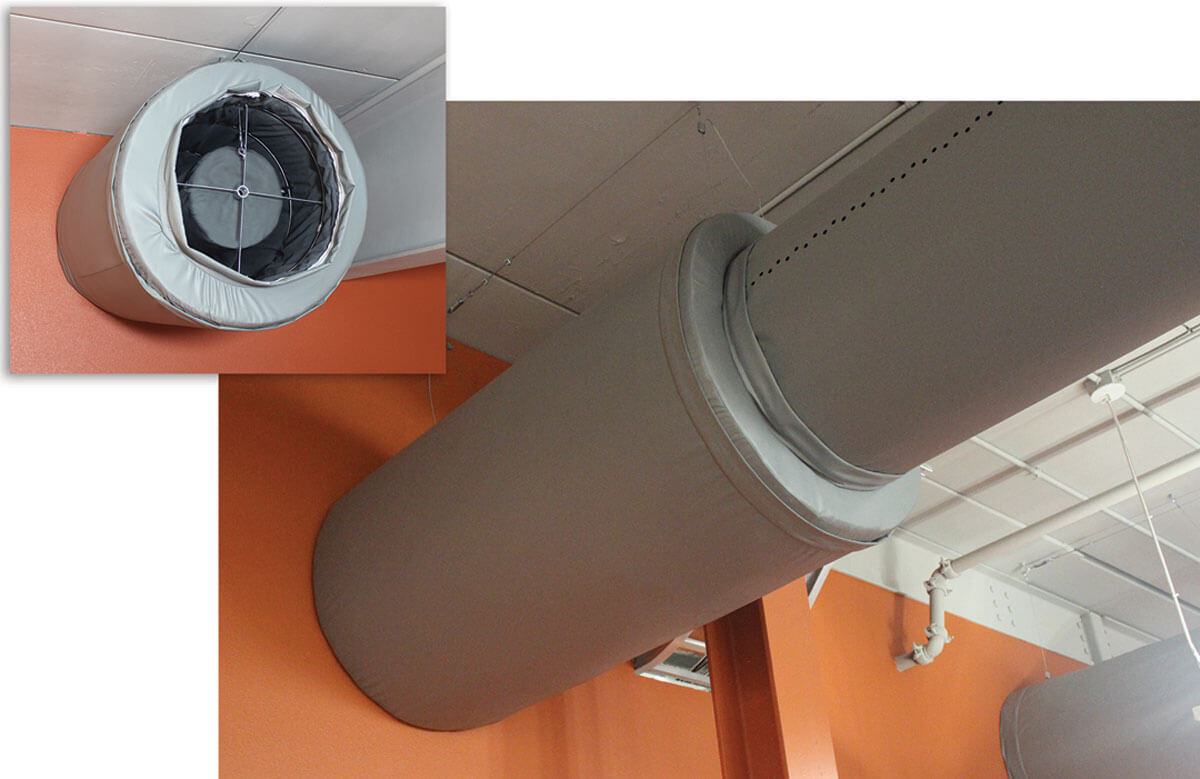Sound problems in industrial and commercial settings can lead to a myriad of problems. The major one being less productivity at work due to unwanted sound or noise pollution. There are certain ways in which the sound can be managed. One of them is sound attenuation in commercial settings. Attenuation is the process through which the sound waves lose their intensity when they are interrupted by various objects. This results in the sound being dimmed or lowered in decibels. The same concept of attenuation is used to manage unnecessary sound in a commercial or industrial setting.
The following are some examples of commercial sound attenuation.
Sound proofing
Sound proofing refers to the process of preventing and reducing unwanted noise from travelling from one point to another.
When can sound proofing be used?
Sound proofing is required when there is an issue of footfall. Footfall means when a person can hear the noise of footsteps of people passing above them in the building. This can be quite distracting especially in an office environment.
Also the transfer of sound between the walls can be an issue as well. For example if there is some machinery at work in one side of the building the noise is eventually carried over to all the different places.
Sound proofing comes in handy when you want to contain the sound to just one point in a building. The sound from the traffic, footfall, machinery being operated and loud music can easily be managed with the help of soundproofing.
Sound proofing products
Sound proofing products are made up of dense material. It helps deflect the sound and doesn’t allow it to pass through. Footfall can be managed by placing a floor underlayment. These are placed on bare floors and it prevents the sound from travelling between the floors. Another soundproofing product is placing a wall membrane which helps prevent the sound waves from travelling from one room to another.

Sound proofing for commercial spaces
For commercial construction projects it is necessary to meet the building codes. The transfer of sound in a commercial setting can be a major concern for most office workers. It can lower the productivity of people working in the building because of the distraction which it causes. Different sound attenuation devices can be used. The sound problems usually our when different commercial setups like shops and offices are present in the same building. It’s up to the management to think of the proper sound attenuation procedures so as to reduce the noise in compliance with the building codes. Failure to provide proper sound attenuation in commercial settings can result in general dissatisfaction amongst the people working or visiting the building.
Another option for sound attenuation is the use of sound absorption. The sound is absorbed and thus prevented from being transferred to other areas of the building or the property. It is done with the help of placing a soft airy material like foam between the wall spaces. This can help reduce the speech intelligibility.
